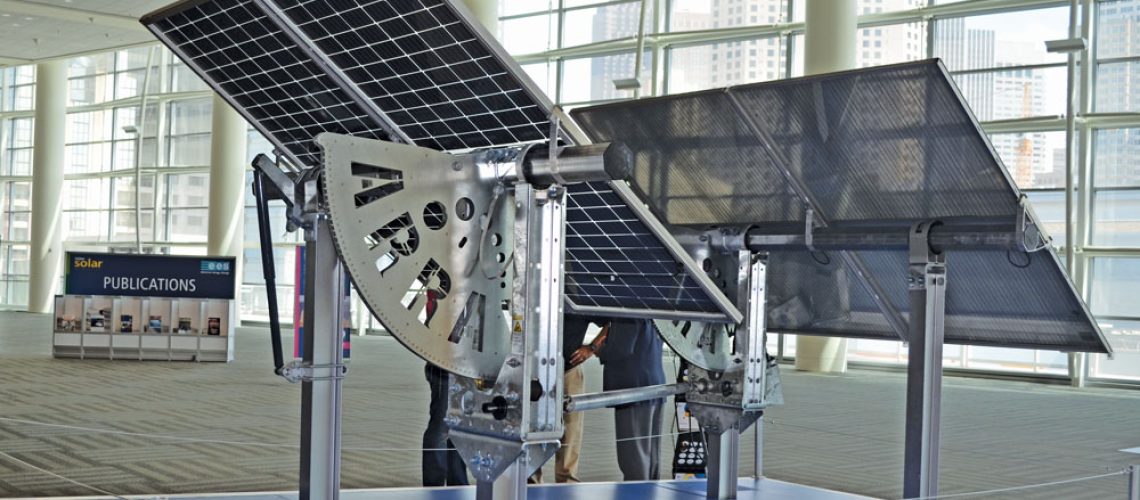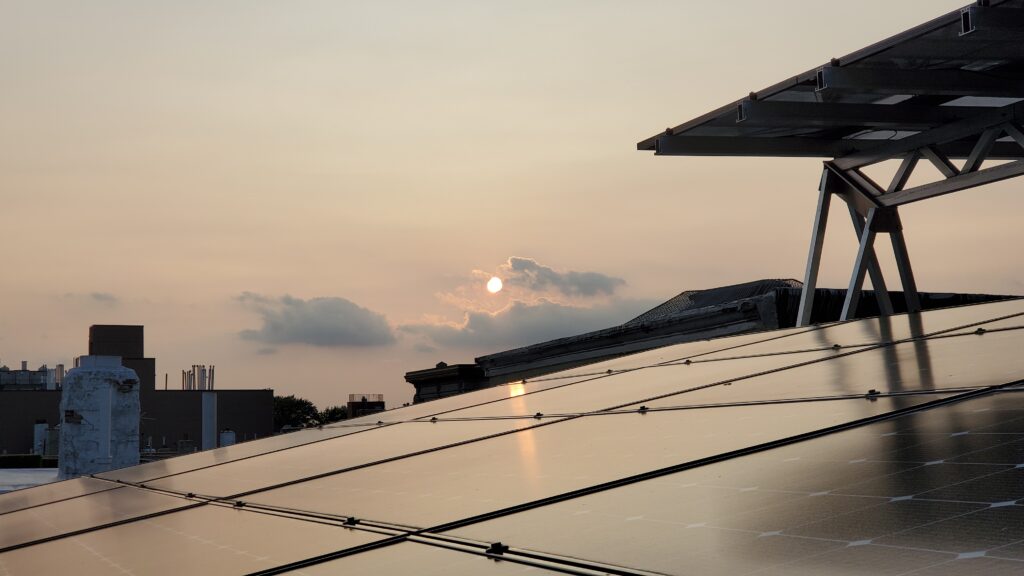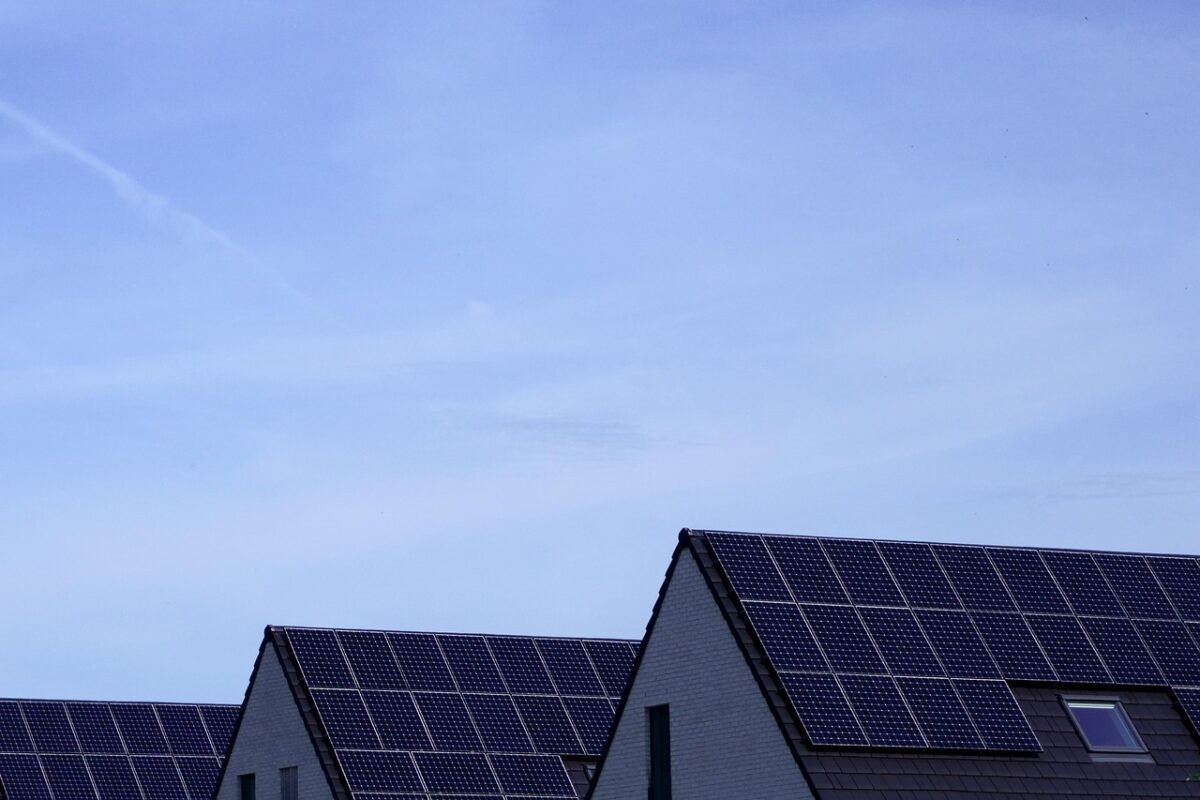A 750 MW project in Ohio will make use of the company’s DuraTrack mounts. Plus, Array beats Q3 earning estimates.
Array Technologies announced that its DuraTrack solar trackers were selected for a 750 MW solar project in Ohio. The project, among the largest in the United States, will cover 4,500 acres, mounting 1.4 million panels on 13,000 tracker rows.
Tracker deliveries are expected to begin January 2023, while the commercial operations date is planned for 2024. The project is expected to provide enough power for 116,000 average Ohio homes each year. The project is under development by EDF North America. Engineering, procurement, and construction (EPC) will be operated by Blattner Energy of Quanta Services.
“This project is a win-win-win for the county in Ohio,” said Kevin Hosteler, CEO of Array Technologies. The project will deliver clean energy to the local power grid, provide hundreds of new construction jobs, and generate revenue streams from lease agreements and tax revenues. The facility will also serve as a STEM resource for students involved in science, sustainability, and environmental learning, said Hosteler.
The DuraTrack features a single-bolt module clamp with forgiving tolerances and flexible linked architecture. The company said it uses fewer components and a custom wind design to make DuraTrack ready for the conditions faced by utility-scale solar projects.
Earnings
Array Technologies (NYSE:ARRY) beat estimates, up over 14% in trading session at the time of writing following the Q3 earnings call. Quarterly earnings of $0.18 per share beat the consensus estimate of $0.12 per share. This compares to a loss of $0.07 per share a year ago.
The company posted revenues of $515 million, compared to last year’s in-quarter revenues of $192 million. The consensus earnings per share estimate is $0.11 on $350.65 million in revenues for Q4 2022 and $0.30 per share on $1.48 billion in revenues for the current fiscal year. Gross margin for the quarter was 15.6%, representing Array’s fourth consecutive quarter of growth.
Hosteler said on the earnings call that there is much excitement for the benefits of the Inflation Reduction Act (IRA), but implementation may take time. “It is important for us to remind everyone that this act, one that is certainly not small and easy to implement, is only 3 months old. There is still a lot of work that needs to be done by the various governmental agencies tasked with rolling it out to define and clarify critical aspects of the bill before the industry can wholesale shift to the new paradigm,” he said.
Array is actively engaged with key trade association groups, governmental agencies, and legislators to ensure an effective rollout of the IRA. Hosteler said Array is focused specifically on three outcomes:
“First, we are having daily conversations with customers around building out the framework for pricing agreements under the IRA. These have progressed as far as discussing reserved capacity agreements and revisiting pricing for certain orders under varying levels of domestic content. Second, we have engaged with our suppliers on the domestic manufacturing credits to begin to crack the parameters under which these will be shared in the value chain. I can appreciate that everyone would like us to provide our view of those splits but it is too early to give that definitive of an answer and we will also avoid having these negotiations in public. Lastly, we are evaluating our own manufacturing footprint along with our key supplier relationships to ensure that we are maximizing the benefit to array while ensuring we continue to maintain our key strategic relationships.” Kevin Hosteler, CEO Array Technologies.






